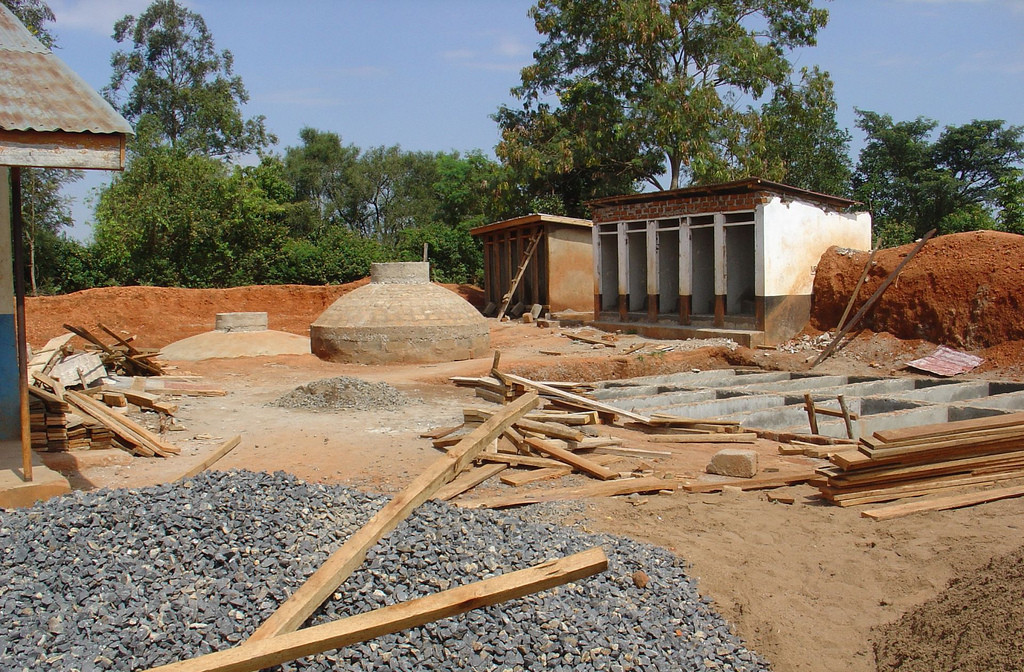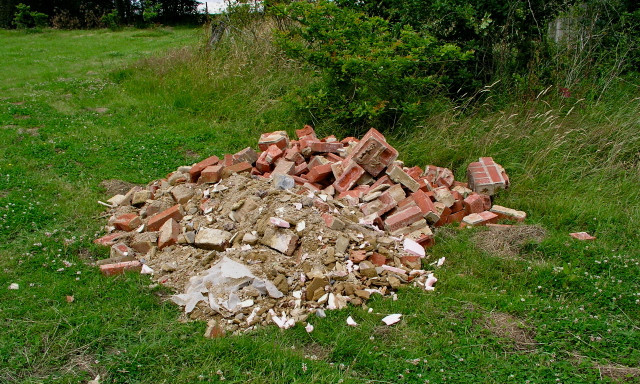

Managing Construction Waste In Sydney
No matter if it is a minor kitchen renovation or a more complex house project, after-builders rubbish usually piles up at the end. The authorities in Sydney, Australia have developed strict regulations when it comes to the removal of such waste. If you own or manage a property in that area or anywhere in New South Wales and you have to deal with junk, here are the essentials you should be familiar with.

First Things First – What Is Considered Construction Rubbish?
According to the local officials, there is a detailed classification that addresses the various types of waste. Construction remains are filed under the major category 'Hazardous and liquid wastes'. Digging further into the documentation, here you can count not only the regular leftover materials, but also any excavated items, asbestos, dirt and dirty soil, asphalt, bricks, timber and concrete, along with all other products resulting after demolition works.
Actual Waste Collection And Removal
If there is any junk, then it must be collected and brought to a safe place where it can be stored or additionally processed. The applicable law in Sydney treats the property owner as actual owner of the rubbish. But what is even more interesting, both the owner and the waste management company are responsible if transportation is not done right and the junk ends up at a location that is not legally certified as a waste facility. And 'responsible' could mean up to seven years behind the bars or a whopping five-million-dollar fine – of course, this is the very maximum. Rubbish owners can still avoid penalties if they prove they have tried everything they could to remove rubbish properly but the situation have been out of their control. This is the reason why you should be very careful with companies who offer suspiciously low rates for their services.

Protecting Yourself From Severe Fines
Here are the best things you can do to make sure you'll have zero problems with the local waste authorities in NSW:
- Be aware of the details (type and quantity) of rubbish you expect to have at the end of all construction/renovation works
- Check the waste facility you intend to use and more specifically, check their eco-licence. If everything looks great, then let them know the details mentioned in the previous point.
- Next thing you should do is make a simple waste management schedule that includes all details about the junk, transportation procedures and a list of all people involved in the process – along with their tasks. Also, a more complicated job is expected to have a more detailed action plan.
- Make changes to the above plan in real time, if necessary, and monitor if everything is done as advised.
- Last but not least, make some important notes for further reference: who actually removed the rubbish, when (time and date), company/driver names, receipts, etc.
Sydney officials may request a variety of details during the process, so be prepared to answer questions about the waste type, class and other details; how it is stored, handled, transported or recycled; eventual negative impact on health and environment. Keep in mind that lying is not an option, as penalties for supplying false info can be up to quarter million dollars. All in all, construction rubbish removal in Sydney is not a child's play and you have to take it seriously.


Comments